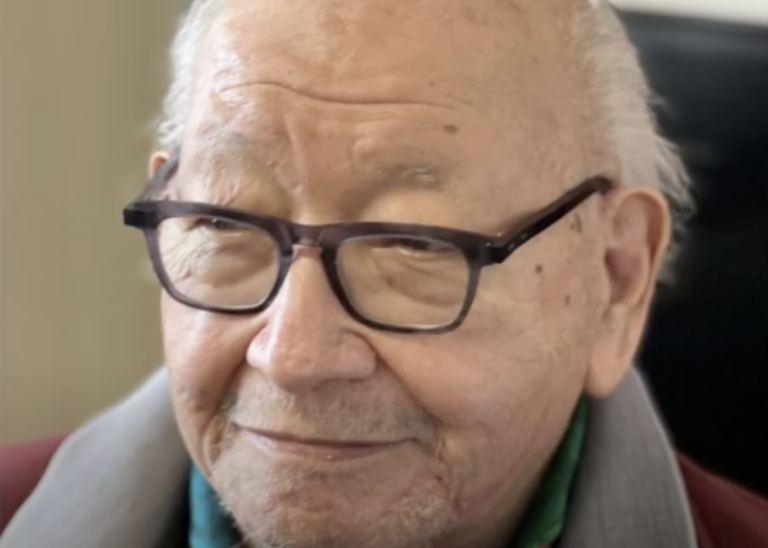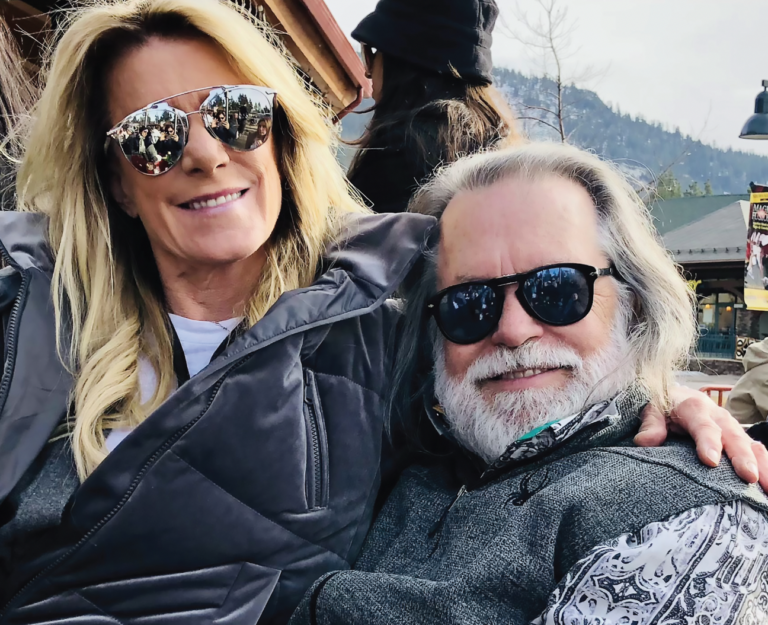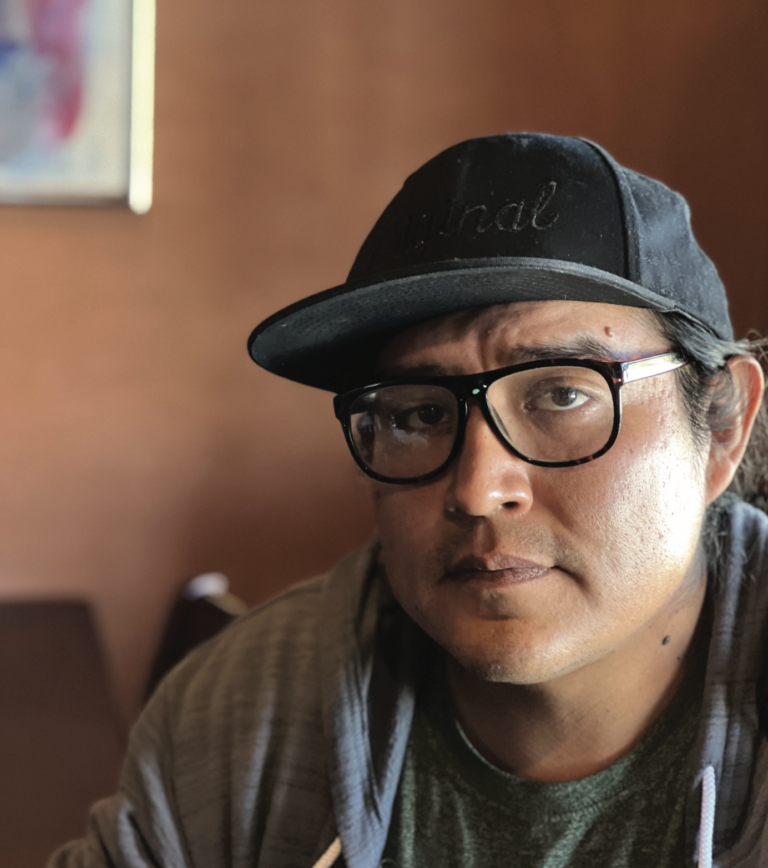MARY ANN IS A NERDY VETERINARIAN who, after fifteen years in the business, decided that her patients – the dogs – were not getting the best service. After all, why do we think a twenty-minute trip to the vet will cover the full spectrum of a dog’s health issues?
To address this, she founded an innovative holistic veterinary clinic. Her years of education and experience and a history of growing up with dogs (and a neighborhood full of other kids’ dogs) has led her to believe that these animals are “closer to heaven.” Many of these creatures, she thinks, are worth as much as their two-legged bosses who seem to believe that their position as top dog is based on some kind of merit. She begs to differ.
You apply homeopathy – normally used to treat humans – to animals.
Well, I was born loving animals. My family laughs because in all of these pictures of me as a kid, I’ve got some animal.
I’m a holistic veterinarian, which means that I view the individual as a whole: the physical, mental, emotional, environmental, everything. We include holistic modalities like acupuncture and traditional Chinese medicine. It’s a completely different way of looking at health and wellness and a completely different modality that works on an energetic basis.
When I graduated from veterinary school, I got a job in Santa Fe at the Acoma Animal Hospital. But after a while, I felt like there were a lot of gaps in Western medicine. After all, homeopathy, traditional Chinese medicine, and acupuncture were all here way before Western medicine.
Homeopathy was originally developed for people. But as a veterinarian, when you have an animal and you learn to interact with them, you can very clearly read their expression and how they’re feeling through a physical exam. I always say that, to me, animals are much more clear than people.
Why?
Because people tend to tell you what they think, whereas animals show you. They’re very clear. Meanwhile, humans do a lot of rationalizing: Oh, my mom had something like this, so that’s probably what I have. Animals don’t do that. But they do get to wag their tails.
Part of what I do is training people to really look at what their animals are doing and notice if maybe they are behaving in a different way than they usually behave. A holistic view teaches us that when a disease or a problem is starting, something will change in behavior. We’ve all experienced just not feeling right when we’re coming down with a cold; you may not feel like drinking your coffee in the morning. That’s where we start with homeopathy.
Why do we think a human being’s life and death is any more important than a dog’s life and death?
I’ve been doing in-home euthanasias for many years. If I had to make a choice between euthanizing one of my animals that I love and a person that I don’t know, there would be no question.
Once I was exposed to this holistic way of thinking and this completely different approach to health and wellness, I stopped dividing between animals and people. I can’t do divisions like that in my life anymore because it’s all become one thing.
You do house calls. Why?
Seeing an individual in their environment is better. When you take an animal someplace else, they behave differently. And when you’re spending two or three hours in someone’s home, that’s very different from going into a clinic and spending fifteen to twenty minutes talking to the vet.
So I go to the house and examine the animal in detail and really talk to the owner. My appointments are two to three hours because I want to know the entire history and habits of the animal. Then I take that information home with me and come up with the right remedy for that animal at that moment. I take into account diet and considerations like the home environment because the people and their animals are a package deal. You can’t separate them. It’s the whole package.
So I come up with a workable plan with the owner. I think that this animal would do a lot better if you could change its diet; This dog needs more exercise; You might want to consult with a behaviorist; etc. Basically, it’s about training the people.
WANT TO READ MORE? SUBSCRIBE TO SANTA FE MAGAZINE HERE!
Photo SFM








